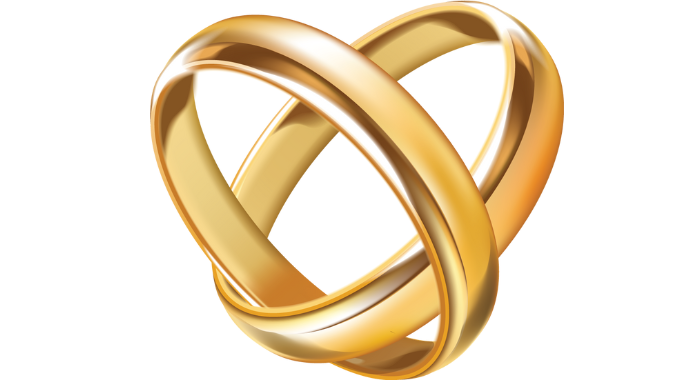
We’ve been coupling forever, it would seem. Some of us started rather early in life — much earlier than our parents would have liked or even without our parents’ knowledge. Despite how common the phenomenon and how universal the drive, there still seems to be a vast cloud of confusion surrounding it. Coupling can be a source of unbearable suffering, or significant fulfillment, or both. Coupling can cripple or transform, suffocate or emancipate, isolate or liberate. Coupling can bring out the best in us or the worst in us. The exclusiveness in coupling can be a source of security or set the stage for deep insecurities and wounding. Coupling affects us profoundly in one way or another, whether in or out, whether young or old, whether fulfilled or unfulfilled, whether invited or resisted, whether intact or coming apart, whether facing life or facing death. Couples can generate an abundance of caring that can nurture many others, or actually drain the care of those around them.
No wonder that we are preoccupied with coupling. The vagaries of coupling have long been the primary inspiration for art — whether in the form of stories or song, drama or dancing. When it comes to science however, it still stutters when it tries to study love.
So how can we make sense of coupling? Most approaches to treating couples make the mistake of proceeding without first understanding what coupling is about in general, or what a specific couple is about in particular. As surprising as it may seem, the keys to making sense of coupling have only recently come into consciousness, so it is no wonder that we have been walking in the clouds on this subject.
The first key to unlocking the mystery of coupling is as simple as it is profound — that is, that coupling, including marriage, is all about attachment first and foremost, with some special kind of exclusiveness about the togetherness. It is when we look at marriage through this lens that the dynamics begin to make sense, including our hopes, our hurts, our desires, our reactions, our sexuality, our insecurities, our satisfactions, our drivenness, our nesting, and the underlying purpose of it all.
In fact, the essential turning point for me in making sense of marriage is when it dawned on me that the natural evolutionary purpose of coupling in adulthood was to move the partners to take turns taking care of each other. Everything seems to flow from this fundamental understanding. I not only saw marriage in a new light, but my own marriages in a new light (which I will keep to myself), my children’s marriages in a new light (although they do not want to hear about it), and even the interface of marriage and parenting in a new light (which I’d be glad to share). There were some insights and paradoxes that revealed themselves. One of the foremost of these is why chasing romance and even fulfillment backfires, and how feeling sad about what is missing can paradoxically preserve the ability to feel fulfilled by the togetherness that does exist.
What I want to do in this course is to bring understanding to one of the primary mysteries of life; the course is best taken in that vein. Some would prefer that it remains a mystery. I understand that and even think it wise in certain cases.
I want to use marriage to teach about the attachment-based developmental paradigm and vice versa. I want to help partners recognize and rest in the care-taking that is there for them. I also want to provide some support for couples who yearn to take care of each other, but trip over each other instead; the alpha-dependent dance in marriage can be tricky at the best of times. I also want to help bring some understanding to those individuals where coupling has been a source of suffering. For the most part, I think that suffering is easier to bear when we can make sense of it.
I am sure that some will come to the course to learn how to be a better partner; I am quite sure the course will deliver for them. I suspect however, that even more will come to the course to figure out how to get their partner to take care of them; I doubt that this course will be able to accomplish this.
The bottom line is that this course is not only for those who are married, but for anyone who wishes to make sense of the dynamics that lead us to couple up and then set the stage for what can be the most significant roller-coaster ride of a lifetime — for better or for worse.
Editor’s note: These reflections from Gordon on the mystery of coupling were written in the context of creating his course, Making Sense of Marriage, first offered in 2023. You can now take the course online here.
